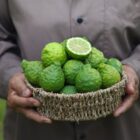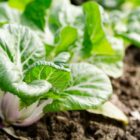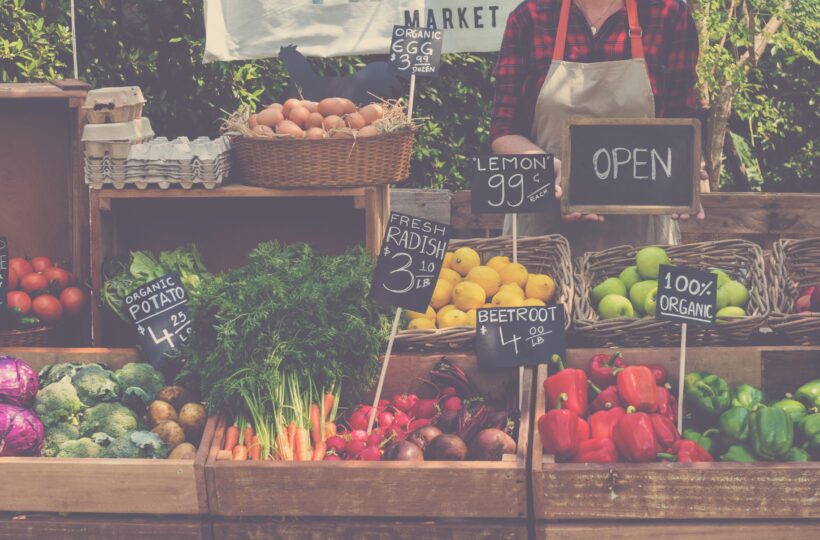
Seasonal vegetables and fruit to prefer in November
Why should we eat seasonal vegetables and fruit?
Preferring seasonal vegetables and fruit offers several advantages, not only from an economic point of view with considerable cost savings. In fact, the natural ripening of fruit and vegetables offers numerous benefits, especially from a health point of view. Eating ripe, fresh fruit and vegetables provides our bodies with plenty of vitamins, minerals and other nutrients that are essential for our health. Consuming seasonal produce, moreover, allows us to enjoy the flavours to the fullest, resulting in a more satisfying culinary experience. Thus, including regular consumption of fresh fruit and vegetables in the diet is a positive step not only in promoting general health but also environmental sustainability. In particular, this environmentally sustainable approach helps reduce the emission of greenhouse gases caused by transport and promotes local production. Finally, this practice respects the rhythms of nature and promotes a more conscious eating experience.
What are the seasonal fruits and vegetables?
The month of November has arrived and we are in the midst of the autumn season in all its glory. November’s seasonal fruit and vegetables mark a distinct break with the foods we used to enjoy during the summer and into October. This month is interesting for the variety of fruit and vegetables that we can harvest in our vegetable gardens. It is therefore time to update the shopping list, and prepare our November table with healthy and tasty dishes.
Vegetables in November
 Seasonal vegetables that you can harvest in the garden in November include cauliflower, broccoli rabes, black cabbage, fennel, broccoli, radicchio, pumpkin, turnips and potatoes. Some of these green vegetables, such as cauliflower and broccoli, do not appeal to children because of their taste. However, they are also fundamental to their diet and it is necessary that they learn to eat them in order to develop a taste for new foods. The secret lies in making the eating experience positive, fun and free of excessive pressure. For example, involve your children in the preparation of food. Often, if they participate in the choice and preparation, they are more likely to want to try what they have helped to make.
Seasonal vegetables that you can harvest in the garden in November include cauliflower, broccoli rabes, black cabbage, fennel, broccoli, radicchio, pumpkin, turnips and potatoes. Some of these green vegetables, such as cauliflower and broccoli, do not appeal to children because of their taste. However, they are also fundamental to their diet and it is necessary that they learn to eat them in order to develop a taste for new foods. The secret lies in making the eating experience positive, fun and free of excessive pressure. For example, involve your children in the preparation of food. Often, if they participate in the choice and preparation, they are more likely to want to try what they have helped to make.
Roast potatoes – how to make them crispy?
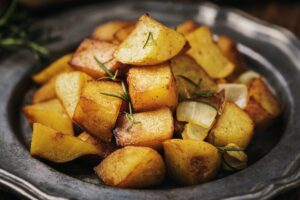 Crispy roast potatoes are the perfect side dish to accompany meat and fish. Follow our tips to prepare crispy, golden brown roast potatoes that are perfect. First of all, you need to choose a good variety of potatoes. In particular, it is preferable to choose those with more floury flesh such as Russet or Maris Piper. These ones, in fact, tend to become crispier during baking. Once cut, it is necessary to rinse them very well in order to remove excess starch. Dry them well with a tea towel, season them evenly with oil, and put them in the oven at a temperature of around 200-220°C. These steps are essential to crisp up the potatoes.
Crispy roast potatoes are the perfect side dish to accompany meat and fish. Follow our tips to prepare crispy, golden brown roast potatoes that are perfect. First of all, you need to choose a good variety of potatoes. In particular, it is preferable to choose those with more floury flesh such as Russet or Maris Piper. These ones, in fact, tend to become crispier during baking. Once cut, it is necessary to rinse them very well in order to remove excess starch. Dry them well with a tea towel, season them evenly with oil, and put them in the oven at a temperature of around 200-220°C. These steps are essential to crisp up the potatoes.
Fruit in season
The month of November offers a wide range of tasty and nutritious fruits. Here are some examples of fruits to enjoy during this period.
Apples
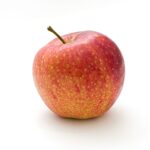 The apple is an autumn fruit rich in fibre, vitamins and antioxidants. You can eat it on its own as a healthy snack, but you can also use it in the preparation of sweet and savoury recipes. Integrating this fruit into our daily diet can help maintain good health as well as provide a delicious culinary experience.
The apple is an autumn fruit rich in fibre, vitamins and antioxidants. You can eat it on its own as a healthy snack, but you can also use it in the preparation of sweet and savoury recipes. Integrating this fruit into our daily diet can help maintain good health as well as provide a delicious culinary experience.
Pomegranate
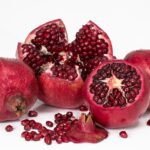 The pomegranate is a fruit that reaches full ripeness in autumn. This fruit is popular for its bittersweet and refreshing flavour, as well as for its high density of nutrients that are indispensable for our organism. It is possible to consume the pomegranate by directly eating its seeds or by using it to prepare juices. In addition to being delicious to drink, pomegranate juice can also be used to prepare mixed drinks, cocktails, vinaigrettes, marinades, sauces and desserts. It is advisable to consume the juice fresh within one or two days to maximise freshness and nutritional benefits.
The pomegranate is a fruit that reaches full ripeness in autumn. This fruit is popular for its bittersweet and refreshing flavour, as well as for its high density of nutrients that are indispensable for our organism. It is possible to consume the pomegranate by directly eating its seeds or by using it to prepare juices. In addition to being delicious to drink, pomegranate juice can also be used to prepare mixed drinks, cocktails, vinaigrettes, marinades, sauces and desserts. It is advisable to consume the juice fresh within one or two days to maximise freshness and nutritional benefits.
Pears
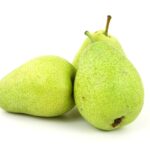 Sweet and juicy pears are eatable fresh and/or usable in a variety of recipes. In particular, they can be delicious ingredients of salads or desserts such as tarts, cakes, crumbles or jams. In addition, they can accompany cheeses such as gorgonzola. This fruit is also and indispensable source of fibre, vitamins and antioxidants for our health. Therefore, it is essential to integrate this fruit into our daily diet.
Sweet and juicy pears are eatable fresh and/or usable in a variety of recipes. In particular, they can be delicious ingredients of salads or desserts such as tarts, cakes, crumbles or jams. In addition, they can accompany cheeses such as gorgonzola. This fruit is also and indispensable source of fibre, vitamins and antioxidants for our health. Therefore, it is essential to integrate this fruit into our daily diet.
Oranges and tangereines
 Oranges and tangerines are typical fruits of the winter season. However, they reach their ripeness towards the end of the autumn season. In addition to being rich in fibre, these citrus fruits are also rich in vitamin C and offer a refreshing taste to the palate. Eat them fresh or use them in various sweet and savoury culinary preparations.
Oranges and tangerines are typical fruits of the winter season. However, they reach their ripeness towards the end of the autumn season. In addition to being rich in fibre, these citrus fruits are also rich in vitamin C and offer a refreshing taste to the palate. Eat them fresh or use them in various sweet and savoury culinary preparations.
Persimmon fruit
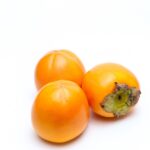 The persimmon (or kaki fruit) is native to China but also grows in many other parts of the world. The persimmon is a nice addition to our autumn diet. Rich in vitamins, antioxidants and dietary fibre, it can contribute to a healthy diet. You can enjoy it as a snack, or use it to create desserts such as jams, ice cream and tarts.
The persimmon (or kaki fruit) is native to China but also grows in many other parts of the world. The persimmon is a nice addition to our autumn diet. Rich in vitamins, antioxidants and dietary fibre, it can contribute to a healthy diet. You can enjoy it as a snack, or use it to create desserts such as jams, ice cream and tarts.
Are seasonal vegetables and fruit always available in grocery stores?
The availability of seasonal fruit and vegetables can vary depending on the geographical area, climatic conditions and the cultivation techniques. It is essential to follow seasonality when choosing our food, thus diversifying our diet. In this way, it is possible to experience a variety of fresh and healthy foods. This practice, as pointed out, can also bring environmental and economic benefits. On one side, it reduces environmental pollution and on the other, buying seasonal vegetables and fruit promotes the local economy and preserves agricultural traditions.
Join the ‘Most Beautiful Bonsai in Autumn’ contest! CLICK HERE
If you have questions, the Bioges team is always ready to assist you. You can contact us directly on our social networks or by sending an e-mail to info@biogesandco.com


